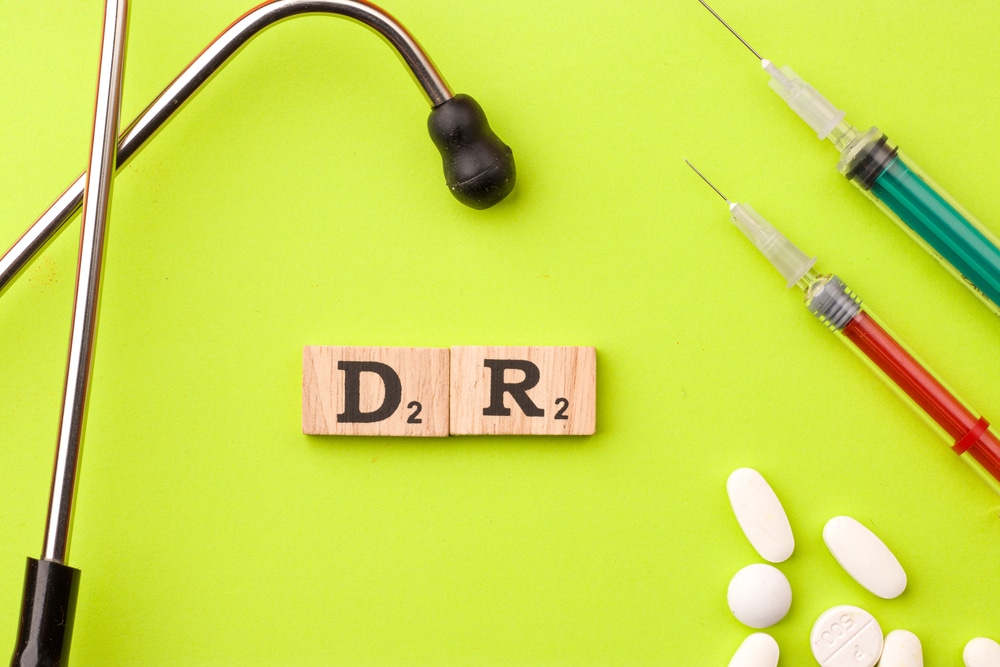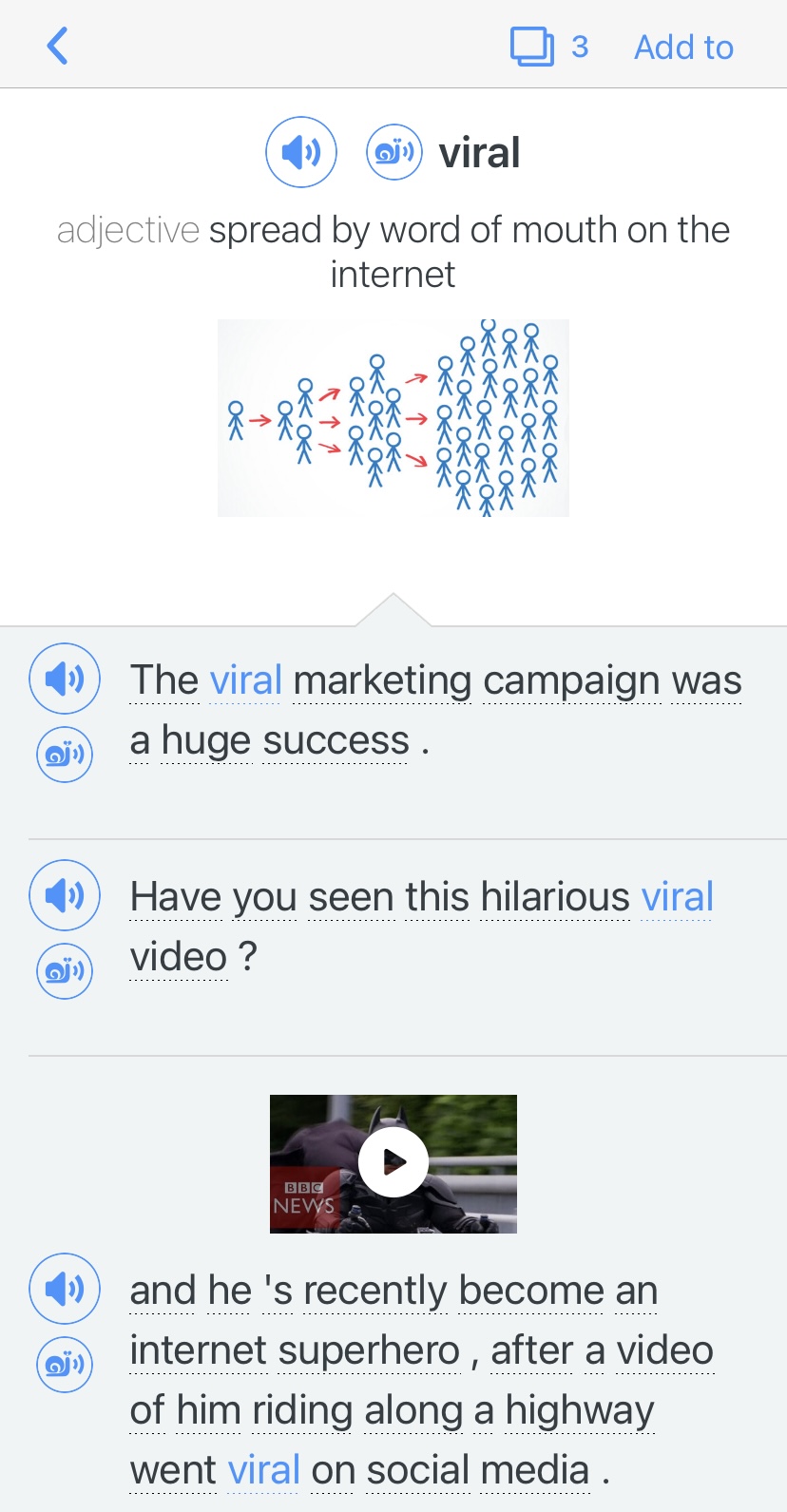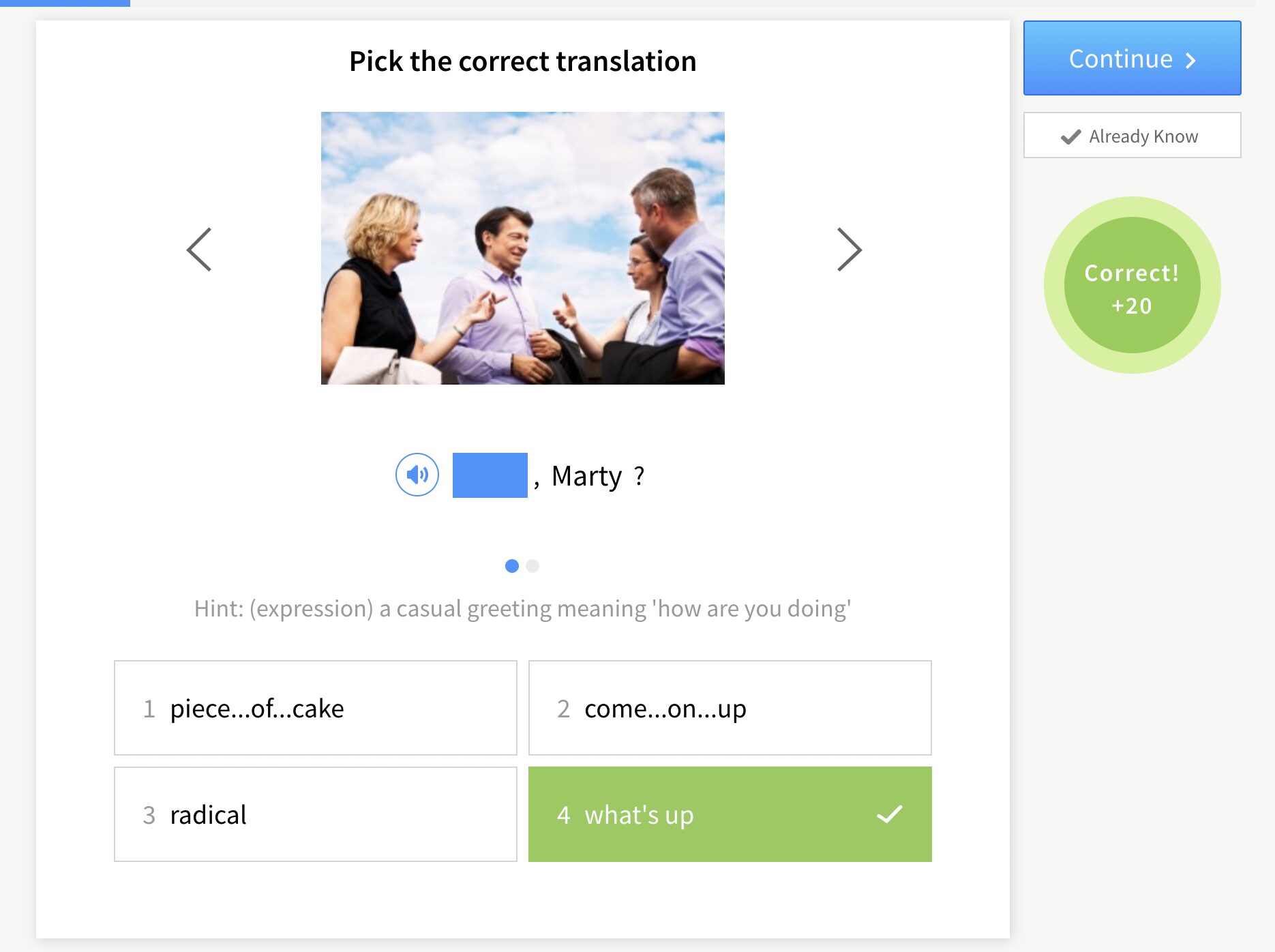Contents
- How Do Abbreviations Work in English?
- Most Common English Abbreviations
- 1. Mr. — Mister
- 2. Ms. — Miss
- 3. Mrs. — Missus
- 4. DOB — date of birth
- 5. ID — identification
- 6. TBA — to be announced
- 7. FAQ — frequently asked questions
- 8. Q&A — questions and answers
- 9. N/A — not available
- 10. AKA — also known as
- 11. DIY — do it yourself
- 12. POV — point of view
- 13. ASAP — as soon as possible
- 14. i.e. — id est (that is, in other words)
- 15. Etc. — et cetera (and so forth)
- 16. ETA — estimated time of arrival
- 17. P.S. — postscript
- 18. RSVP — Répondez s’il vous plaît (respond, please)
- More English Abbreviations
- And One More Thing…
English Abbreviations: What They Are, How They Work and Common Examples

If there is one kind of word that you will always be learning in English, it would be an abbreviation (a shorter version of a word or phrase, normally two to four letters).
There are hundreds of English abbreviations that people use every day, both in professional (formal) moments and casual (informal) moments. A new abbreviation can be made every week or month.
Here is an easy guide to discover how abbreviations work and some of the most common abbreviations you should learn.
Download: This blog post is available as a convenient and portable PDF that you can take anywhere. Click here to get a copy. (Download)
How Do Abbreviations Work in English?
You can have an abbreviation for one word or a collection of words.
They can be made by taking the first and or last letters of a word, or the first letter of all the words in a phrase.
For example:
- Mister = Mr.
- International Business Machines Corporation = IBM
Some abbreviations end with a period (.). Some do not. A period can help show that you are writing an abbreviation and not a full word, but sometimes, it is not needed.
But when an abbreviation does end in a period, that does not mean that you will start a new sentence.
The period is just a part of the abbreviation that makes it clear that the word is a shortened version.
There is also something called an acronym, which is a type of abbreviation. Acronyms are specifically for phrases, and you make an acronym from the initials (first letters of the words) in that phrase.
An abbreviation like IBM could be seen as an acronym, but most of the time, acronyms are pronounced like one actual word.
For example:
- National Aeronautics and Space Administration = NASA , pronounced “na-suh” and not “en-ay-ess-ay”
- Radio detection and ranging = RADAR , pronounced “ray-dar” and not “ar-ay-dee-ay-ar”
Most Common English Abbreviations
These abbreviations are used all the time. It is possible that you will see or hear some of them at least once in a day.
1. Mr. — Mister
When you want to be polite or respectful to a man, you would call him “Mister (name).”
Mr. is the abbreviation for that, and you should write the first or last name of the man right after it.
You won’t usually say or write Mr. when you are with your friends.
Mr. Brown! Thank you for coming to meet me.
2. Ms. — Miss
When you want to be polite or respectful to a woman, especially if she is young or unmarried, then you would say “Miss (name).”
Ms. is the abbreviation for that, and you would add the first or last name of the lady after it.
Hello, Ms. Smith! How are you today?
3. Mrs. — Missus
When you want to be polite or respectful to a woman who is older or married, then you would use “Missus (name).”
Mrs. is the abbreviation for that–the “r” comes from the word “mistress,” which is where “missus” comes from.
Mr. Gray, please tell Mrs. Gray that I hope she is doing well.
4. DOB — date of birth
This is pronounced “dee-oh-bee.” You will see this abbreviation often on important official documents.
You may also hear someone ask about your DOB whenever they want to get personal information from you.
Tell me your name, DOB and hometown.
5. ID — identification
Pronounced as “eye-dee.” Like with DOB, you may be asked to provide an ID for any official business or when you are going to a place that does not allow younger people in.
Your ID is usually a type of license that has a picture of you on it.
Show your ID to the security guard.
6. TBA — to be announced
Pronounced “tee-bee-ay.” TBA is used for announcements or notices that have not been decided yet.
For example, the guests that will show up at a concert can be labeled TBA, and you may find out who they are closer to the concert date.
The schedule for the meeting is TBA, and you will find out soon.
7. FAQ — frequently asked questions
Pronounced “eff-ay-cue.” You will see the abbreviation FAQ all the time on websites for events, programs, classes and so on.
Under the FAQ heading, you will see common questions asked about whatever is being described plus answers to them.
Please check the FAQ before you email me any questions!
8. Q&A — questions and answers
Usually in meetings, there is a specific time in which people can ask questions to a person or a group.
This is known as a Q&A session. Most times, the Q&A is open for everyone around.
The Q&A will start soon, so please start lining up at the microphone!
9. N/A — not available
This abbreviation is used to describe something that is not around.
It is also used when you don’t have any information to share about something—for example, if a document asks you to write down any allergies you have, and you don’t have any, you can just write N/A.
Sorry, but customer service is currently N/A. Please try again later.
10. AKA — also known as
Pronounced “ay-kay-ay.” This abbreviation is used to describe another way to call or name something.
It is usually to introduce nicknames or less known titles. You can use it for both people and objects.
This is John, AKA the nicest guy in class!
11. DIY — do it yourself
Pronounced “dee-eye-why.” This abbreviation describes any activity that is meant to be done by yourself, and usually, it is something easy to do.
The Internet is full of DIY guides and videos that show you how to make things without any professional help.
This DIY guide on how to make a coffee table is so easy to follow.
12. POV — point of view
Pronounced “pee-oh-vee.” A point of view can describe a specific person’s thoughts or attitude.
It can also be used to describe an actual point in which you can see something, as if you were working with a camera.
In my POV, I think that deal sounds pretty fair, but you probably think differently.
13. ASAP — as soon as possible
Pronounced “ay-sap.” This abbreviation tells someone to do something quickly or as soon as they can, sometimes because there is an emergency.
It is commonly spoken and written in both professional and casual situations.
14. i.e. — id est (that is, in other words)
An abbreviation for the Latin id est, meaning “that is.”
This is most used (most commonly in writing) to introduce a concept that was just described or to provide more specific information.
My favorite sports involve running, i.e., soccer and baseball.
15. Etc. — et cetera (and so forth)
Another Latin-based abbreviation, et cetera just means “and so forth” or “and others.”
It is often used at the end of some kind of list, to show there are more things that can be added but you choose not to describe them.
I love all kinds of desserts: cakes, cookies, ice cream, etc.
16. ETA — estimated time of arrival
Pronounced “ee-tee-ay.” This abbreviation is used when you are calculating what time something will happen or arrive somewhere.
You will see and hear it a lot in transportation situations, such as when you are taking an airplane or a bus.
Hey, what’s your ETA? Let me know and I can come pick you up.
17. P.S. — postscript
An abbreviation that is used at the end of messages and letters.
P.S. is used for an extra note or reminder, and it does not have to be related to everything else that was written.
I will bring dinner at around 6 PM. P.S. Don’t forget to clean the dishes!
18. RSVP — Répondez s’il vous plaît (respond, please)
This abbreviation is from the French phrase “Répondez s’il vous plaît.” It is used when asking someone to please answer back.
When you get an invitation for an event, like a wedding or party, you are guaranteed to see the abbreviation RSVP on it because the sender wants to know if you are coming or not.
Don’t forget to RSVP–there are only one hundred seats available!
More English Abbreviations
Of course, there are many more English abbreviations that are used everyday. Here are some of the most important ones for different situations and contexts.
English Abbreviations for Texting
When you text on your phone or message people online, you want to send things quickly.
That is why abbreviations can be so helpful. This is especially true if you are talking to friends.
Many texting abbreviations are very casual and slang, so you wouldn’t want to use them if you want to look professional.
To learn more about common Internet and texting slang in English, check out this post.
- lol — laugh out loud
- brb — be right back
- btw — by the way
- bb — bye bye
- afk — away from keyboard
- idk — I don’t know
- lmk — Let me know
- thx — Thanks
- ily — I love you
- jk — joking
- bc — because
- pls / plz — please
- rn — right now
- omw — on my way
- omg — oh my God
- ttyl — talk to you later
English Abbreviations for Measurements
Whether you are using a ruler, a weight scale, or a measuring cup, there are also abbreviations for different kinds of measurements.
When you use these abbreviations, it is important that you write a number before them.
This makes it clear that you are talking about calculations.
- mm – millimeter
- cm – centimeter
- in. – inch
- ft. – feet
- yd. – yard
- m – meter
- km – kilometer
- mi – miles
- mph – miles per hour
- fl. oz – fluid ounces
- oz. – ounces
- mL – milliliter
- L – liters
- pt. – pint
- qt. – quart
- gal. – gallon
- tsp. – teaspoon
- tbsp. – tablespoon
- mg – milligram
- g – gram
- kg – kilogram
- T – ton
- lb. – pound
English Abbreviations for Time
When you are counting time or noting the date, using abbreviations will be very useful in, well, saving time!
Just like with measurement abbreviations, time abbreviations should usually have some number come before or after it.
- ms / msec – milliseconds
- sec / s – second
- min / m – minute
- hr / h – hour
- AM – morning
- PM – afternoon / evening
- wk – week
- M / Mon – Monday
- T / Tues – tuesday
- W / Wed – Wednesday
- Th / Thurs – Thursday
- F / Fri – Friday
- S / Sat – Saturday
- Su / Sun – Sunday
- Jan – January
- Feb – February
- Mar – March
- Apr – April
- May – May
- Jun – June
- Jul – July
- Aug – August
- Sep – September
- Oct – October
- Nov – November
- Dec – December
English Abbreviations for Business
Abbreviations are used everywhere in the workplace. They are used many times in messages and emails.
Some business abbreviations can be a bit complicated since they describe very specific things that you may not understand unless you are familiar with the work environment.
To learn more about business abbreviations in detail, check out this post.
- FTE – full-time employment
- PTO – paid time off
- OT – overtime
- WFH – work from home
- Attn. – attention
- Admin – administration
- CEO – chief executive officer
- PR – public relations
- HR – human resources
- Cc – carbon copy
- Fwd – forward
- SEO – search engine optimization
English Abbreviations for Professions
A profession is a career or job that needs special training or skills. In a workplace, there are many job titles for different people, so abbreviations are used.
Many times, these abbreviations just use the first couple of letters in the full job titles. They are also usually written with capital letters, and not written in lowercase.
- Prof. – professor
- Dr. – doctor
- MD – medical doctor
- DO – osteopathic doctor
- RN – registered nurse
- PA – physician’s assistant or personal assistant
- Exec – executive
- Acct. – accountant
- Asst. – assistant
- Capt. – captain
- Dir. – director
- Mgr. – manager
- PM – project manager
- CEO – chief executive officer
- CFO – chief financial officer
- VP – vice president
- Eng / Engr – engineer
- Jr – junior
- Sr – senior
- Dev – developer
- IT – information technology
- Off. – officer
- QA – quality assurance
English abbreviations help make our English-speaking lives much easier.
Plus, when you use abbreviations, you will sound more like a native speaker.
That is why you should take the time to learn all of the words listed in the post, plus pay attention to any new abbreviation you come across.
Download: This blog post is available as a convenient and portable PDF that you can take anywhere. Click here to get a copy. (Download)
And One More Thing…
If you’re like me and prefer learning English on your own time, from the comfort of your smart device, I’ve got something you’ll love.
With FluentU’s Chrome Extension, you can turn any YouTube or Netflix video with subtitles into an interactive language lesson. That means you can learn from real-world content, just as native English speakers actually speak.
You can even import your favorite YouTube videos into your FluentU account. If you’re not sure where to start, check out our curated library of videos that are handpicked for beginners and intermediate learners, as you can see here:
FluentU brings native English videos within reach. With interactive captions, you can hover over any word to see an image, definition, and pronunciation.
Just click on the word to see other example sentences and videos where the word is used in different contexts. Plus, you can add it to your flashcards! For example, if I tap on the word "viral," this is what pops up:
Want to make sure you really remember what you've learned? We’ve got you covered. Practice and reinforce the vocab from each video with learn mode. Swipe to see more examples of the word you’re learning, and play mini-games with our dynamic flashcards.
The best part? FluentU tracks everything you’re learning and uses that to create a personalized experience just for you. You’ll get extra practice with tricky words and even be reminded when it’s time to review—so nothing slips through the cracks.
Start using the FluentU website on your computer or tablet or, better yet, download our from the App Store or Google Play.
Click here to take advantage of our current sale! (Expires at the end of this month.)















